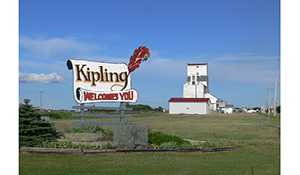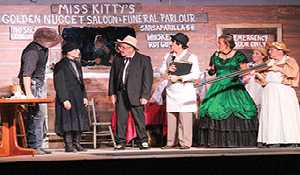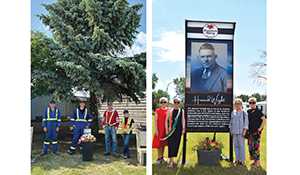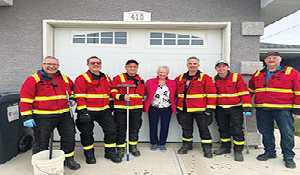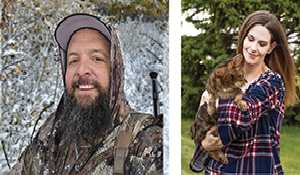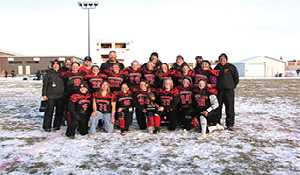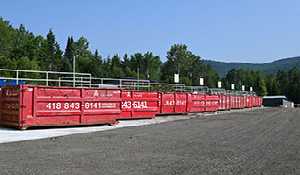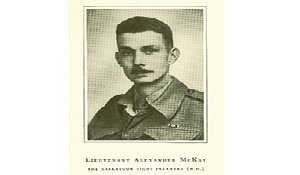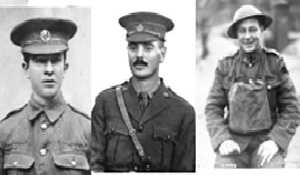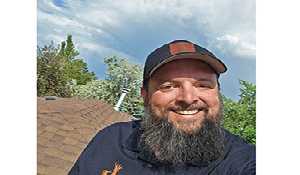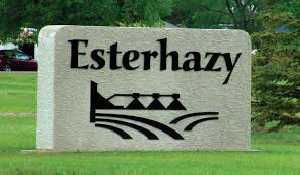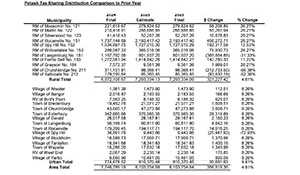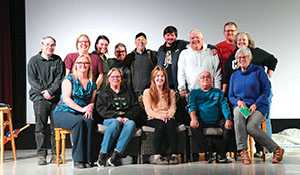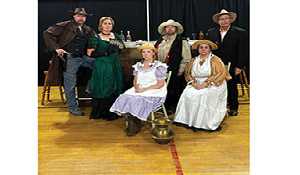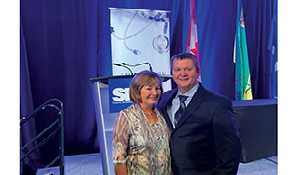On November 11 take time to remember those who died in war
November 9, 2020, 10:10 am

Wednesday, November 11 is Remembrance Day, initially set to mark the end of the First World War.
The armistice to end the First World War, known at the time as the Great War, had been signed on the eleventh hour of the eleventh day of the eleventh month, in 1918.
More than 100 years later, people still take the time to remember.
This year, Remembrance Day is taking on a different look in most communities come up with new wasys of marking Remembrance Day in the age of Covid.
In a normal year, at each Remembrance Day Service, a roll of honor is read out.
The name of each sailor, soldier or airman from each community is read and the individual is honored.
Behind each of those names is a story. Behind each of those names is a family that lost a loved one.
All of those stories are heartbreaking. All of those stories are touching.
Some of the stories are truly amazing.
These are the stories of three local soldiers who will be remembered on Monday—three men who received the Victoria Cross, the highest honor a soldier can be given in this country.
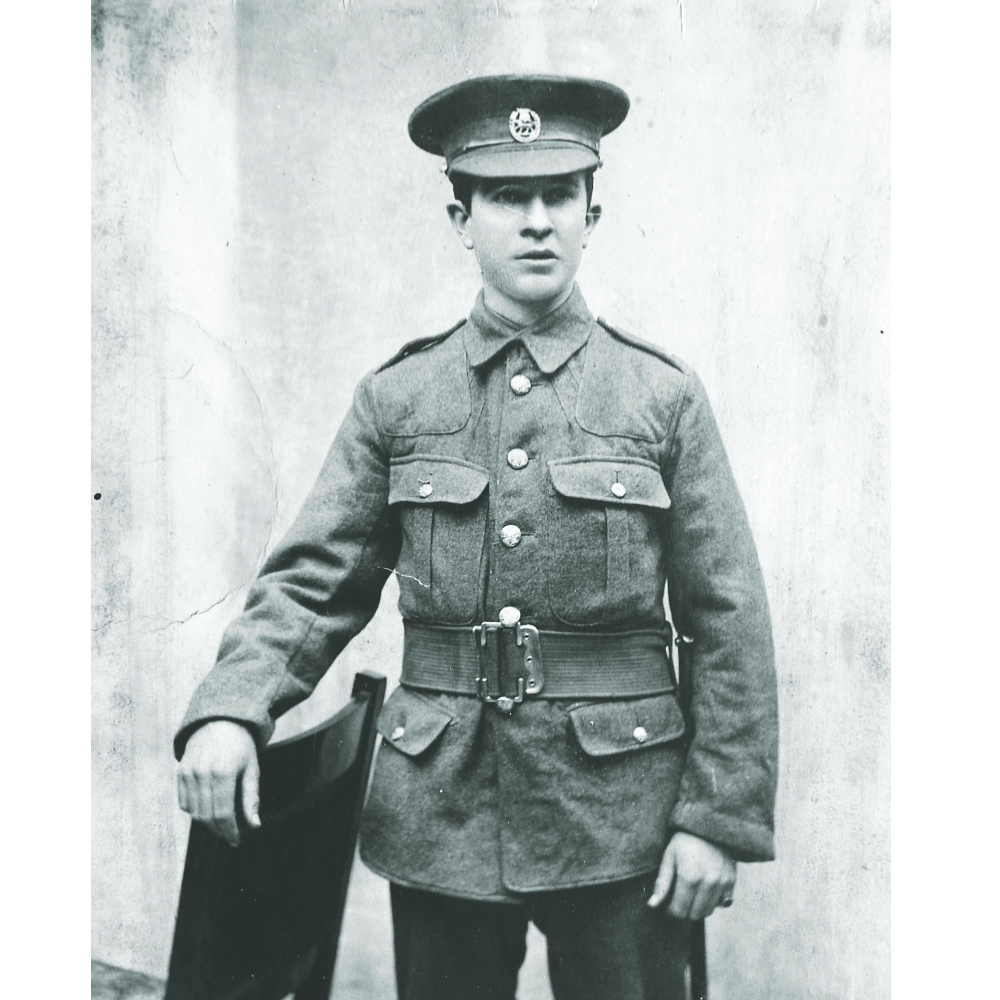

On December 19, 1941, in the British colony of Hong Kong, the company of the Winnipeg Grenadiers to which he belonged had become divided during an attack on a steep rising hill, Mount Butler.
A part of the company, led by Company Sergeant-Major Osborn, captured the hill at the point of the bayonet and held it for three hours until they were forced to withdraw under heavy fire.
Osborn and a small group covered the withdrawal, and when their turn came to fall back he single-handedly engaged the enemy while the remainder of the group successfully rejoined the company.
During the afternoon, the company was cut off from the battalion and completely surrounded by the enemy, who were able to approach to within grenade-throwing distance of the slight depression that the company was holding.
Several enemy grenades were thrown, which Osborn picked up and threw back.
The enemy threw a grenade which landed in a position where it was impossible to pick it up and return it in time.
Shouting a warning to the others, Sergeant-Major Osborn threw himself on the live grenade, which exploded, killing him instantly.
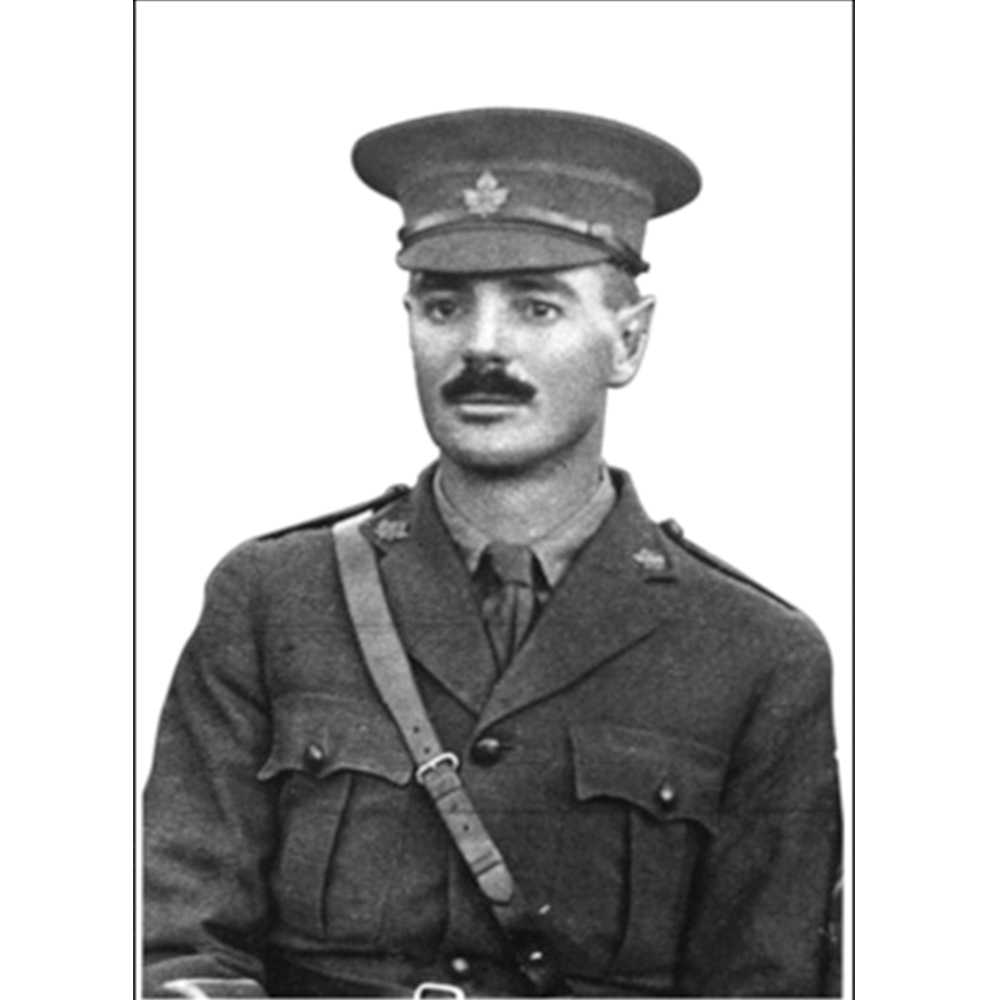

On May 3, 1917, Combe’s battalion was ordered to occupy the German trenches near the town of Acheville, France.
The Germans had anticipated an attack, and by the time the Canadians reached a point 500 yards from the German lines, Combe was the only officer in his company still alive.
Combe and the other survivors found themselves caught in an artillery crossfire between the Germans and a barrage from their own guns.
Leading six of his surviving comrades, he attacked the enemy position, capturing 250 yards of trench and eighty prisoners. Combe was fatally wounded by a sniper’s bullet in the final charge.
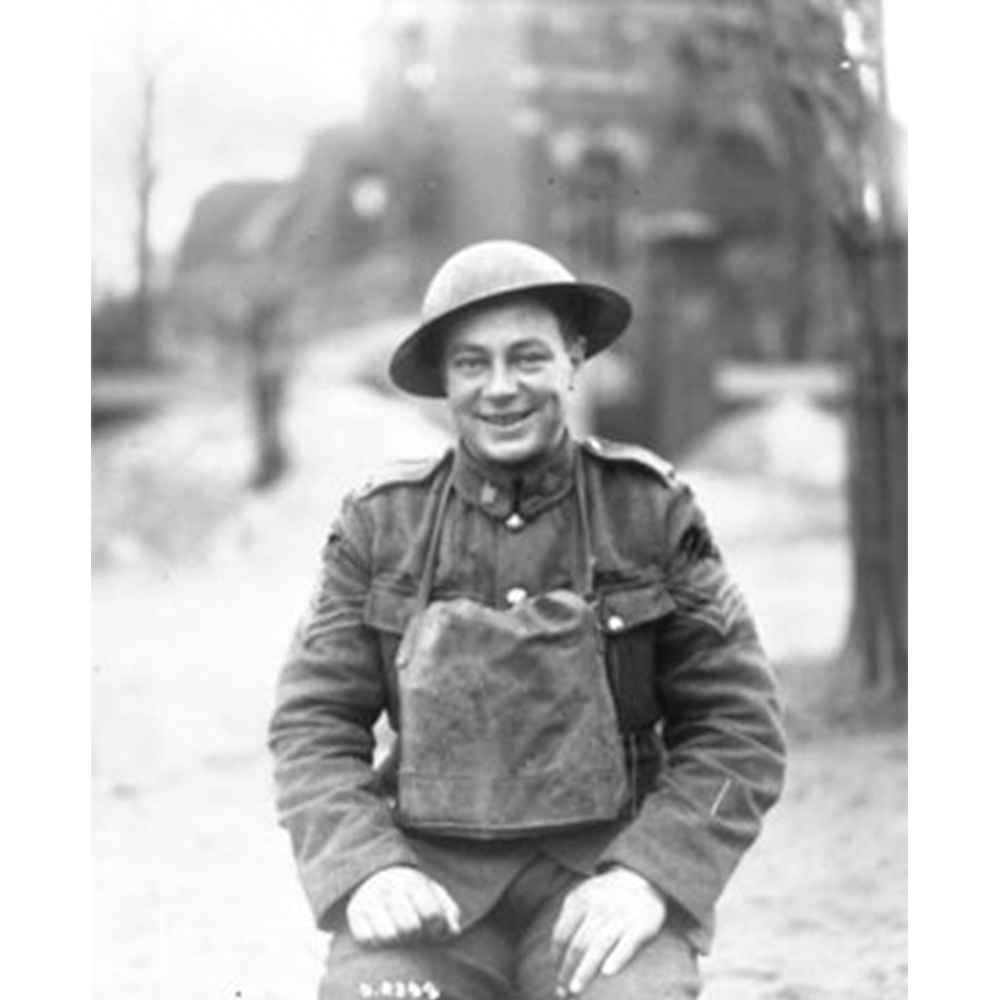

In January 1918, Sergeant Mullin was informed that he had been awarded the Victoria Cross for his actions on October 30, 1917, in Passchendaele, Belgium.
25-year-old Sergeant Mullin single-handedly captured a German pillbox that had withstood heavy bombardment and was causing heavy casualties, holding up the attack.
Mullin rushed a sniper’s post in front, destroyed the garrison with bombs, and crawling to the top of the ‘pill-box’, he shot the two machine-gunners with his revolver.
Sgt. Mullin then rushed to another entrance and forced the garrison of ten to surrender.
According to the citation for his Victoria Cross, “His gallantry and fearlessness were witnessed by many, and, although rapid fire was directed upon him, and his clothes riddled with bullets, he never faltered in his purpose and he not only helped to save the situation but also indirectly saved many lives.”
After the war, he returned to Moosomin.
He was appointed Sergeant-at-Arms for the Saskatchewan Legislature in 1934.
Those three local Victoria Cross winners, out of only 17 Victoria Cross honors awarded in all of Saskatchewan, show the kind of sacrifice that were made by many, many Prairie youth during the two World Wars.
Those are only three stories.
But there is a story behind every one of the names of the fallen that are honored this Remembrance day.
Every one of those names represent a life cut short.
Every one of those names represents broken hearts and tears for those left behind.
Every one of those names represents unrealized potential.
We simply have no idea what some of those soldiers may have accomplished had they returned home and had the opportunity to live out their lives, as you and I have.
On the following pages—pages 28 and 29—is a list of times and locations for Remembrance Day ceremonies in communities across our area. Some communities are having smaller ceremonies this year, some are having outdoor ceremonies only and asking people to maintain social distancing, some are streaming their services online.
Please take time to remember on Wednesday, November 11, whether by taking part virtually, attending the a brief ceremony while social distancing, or going to a cenotaph after the service, as some Legion branches have suggested, to pay your respects individually.
And when you do, please remember that behind each of those names that is read out or is carved in stone is a life, and a story, that deserves to be honored. Tweet


